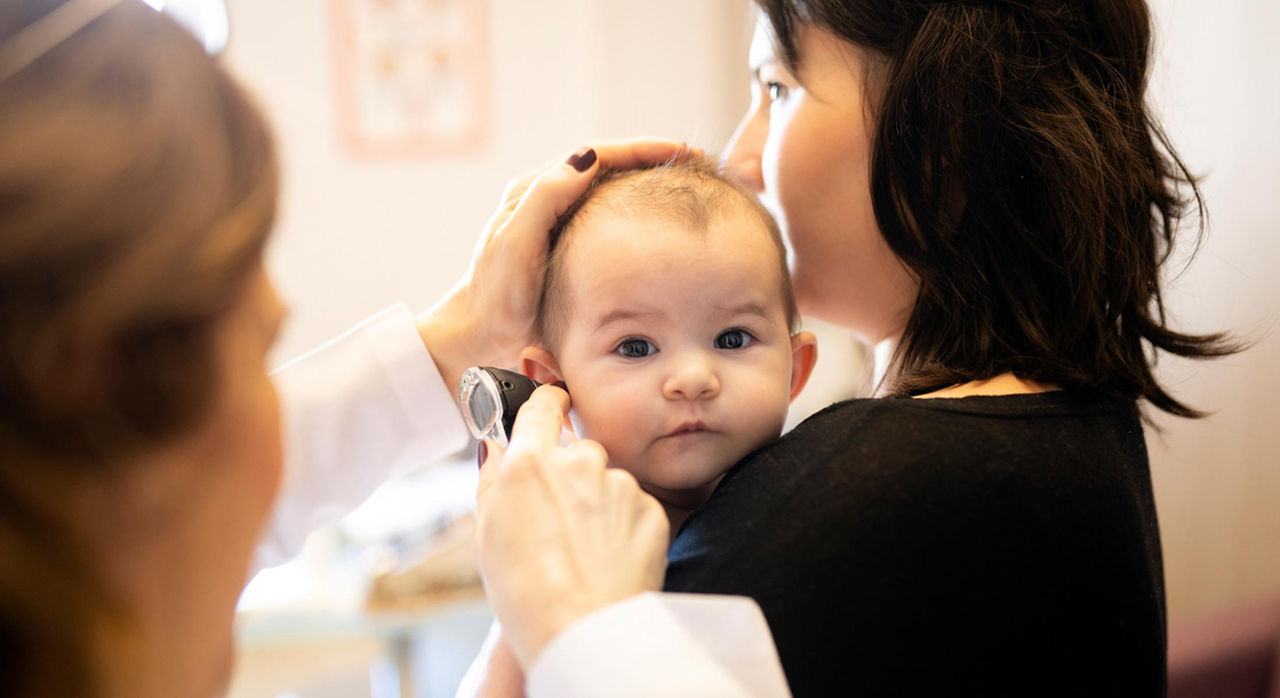-
- Find Care
-
- Visitor Information
- Find a Location
- Shuttles
- Visitor Policies
-
-
- Our Virtual Care Options
- Virtual Urgent Care
- Virtual Visits for Primary & Specialty Care
- Online Second Opinions
- Participate in Research
-
- Contact us
-
- For Innovators
- Commercialization Guide for Innovators
-
-
- Research News
- Alzheimer's Disease
- Artificial Intelligence
-
- Overview
-
- Overview
- Getting Started
- New to Mass General Brigham
- International Patient Services
- What Is Patient Gateway?
- Planning Your Visit
- Find a Doctor (opens link in new tab)
- Appointments
- Patient Resources
- Health & Wellness
- Flu, COVID-19, & RSV
- Billing & Insurance
- Financial Assistance
- Medicare and MassHealth ACOs
- Participate in Research
- Educational Resources
- Visitor Information
- Find a Location
- Shuttles
- Visitor Policies
- Find Care
-
- Overview
- Our Virtual Care Options
- Virtual Urgent Care
- Virtual Visits for Primary & Specialty Care
- Online Second Opinions
-
- Overview
- Participate in Research
-
- Overview
- About Innovation
- About
- Team
- News
- For Industry
- Venture Capital and Investments
- World Medical Innovation Forum (opens link in new tab)
- Featured Licensing Opportunities
- For Innovators
- Commercialization Guide for Innovators
- Contact us
-
- Overview
- Information for Researchers
- Compliance Office
- Research Cores
- Clinical Trials
- Advisory Services
- Featured Research
- Two Centuries of Breakthroughs
- Advances in Motion (opens link in new tab)
- Brigham on a Mission (opens link in new tab)
- Gene and Cell Therapy Institute
- Research News
- Alzheimer's Disease
- Artificial Intelligence
-
- Overview
-
- Overview
- Residency & fellowship programs
- Brigham and Women's Hospital
- Massachusetts General Hospital
- Mass Eye and Ear
- Newton-Wellesley Hospital
- Salem Hospital
- Integrated Mass General Brigham Programs
- Centers of Expertise
- Global & Community Health
- Health Policy & Management
- Healthcare Quality & Patient Safey
- Medical Education
- For trainees
- Prospective trainees
- Incoming trainees
- Current trainees
- Continuing Professional Development
What to Know About Hearing Loss in Children

A pan drops in the kitchen, but your child sitting nearby doesn’t seem to notice. Or your child never responds to your voice when you are speaking from another room. These are signs your child could have hearing loss in one or both ears.
According to the Centers for Disease Control and Prevention, 1 or 2 per 1,000 babies have some hearing loss at birth. The number jumps to 5 per 1,000 for children ages 3-17.
“Hearing loss in children is more common than you might expect,” says Leila Mankarious, MD, a Mass General Brigham pediatric ear, nose, and throat (ENT) specialist (also known as an otolaryngologist). She cares for patients at the Mass Eye and Ear Pediatric Hearing Center.
“It’s important to diagnose and treat any type of hearing loss as early as possible. Without the proper treatment, even mild hearing loss can cause children to struggle with speech and language development, schoolwork, and socializing with other children,” says Dr. Mankarious.
Learn about the most common causes of hearing loss in children and what to do if you suspect your child is having trouble hearing.
Signs of hearing loss in children
Hearing loss in children can be mild, moderate, or severe. It can affect one or both ears. Some children are born with hearing loss—in others it develops slowly. Often, the signs are so subtle that parents might not notice right away.
“A surprising number of parents are not able to determine their child has trouble hearing. Mild hearing loss can be easy for parents to miss,” says Dr. Mankarious. “The child might hear part of what a person says, but not full words or all the nuances. The child may rely on sight to know when someone is speaking and read their lips.”
If your child doesn’t respond to your verbal requests, it may be something more than a bad attitude—they may not hear you. Take note of these common signs of hearing loss:
- Can’t hear things that others note, such as birds chirping or planes flying overhead
- Fails to respond to loud noises
- Has dizziness or pain, stuffiness, or ringing in their ear
- Has speech and language that lag behind other children of the same age
- Must be facing you to respond to your conversation
- Watches television at a high volume
“Even mild hearing loss can affect cognitive, social, and behavioral development. Parents need to be mindful of hearing issues and talk to their child’s pediatrician if they suspect hearing loss,” says Dr. Mankarious.
Causes of hearing loss in children
Physical abnormalities and changes to the tiny parts of the inner, middle, and outer ear can cause hearing loss. Most hearing loss in kids falls into two categories:
- Conductive hearing loss: Something such as trapped fluid, wax build-up, or an ear canal that didn’t naturally open blocks the transfer of sound from the outer ear through the eardrum or three small bones of the inner ear
- Sensorineural hearing loss: Parts of the inner ear or the nerve that sends sound signals to the brain (auditory nerve) are not formed correctly or not working properly
Conductive hearing loss from chronic ear infections
Ear infections (otitis media) are one of the most frequent causes of conductive hearing loss. About half of all children experience an ear infection by age 2.
Infants and young children are more prone to ear infections because they tend to catch more colds than adults. In addition, the ear’s natural ventilation system is also less developed in children, and more likely to become blocked from illness-related mucus. Blockages lead to infection, swelling, and trapped fluid in the ear canal.
“Parents shouldn’t panic if their child gets a few ear infections—the effects are generally temporary. But chronic ear infections may lead to hearing loss,” says Dr. Mankarious.
Sensorineural hearing loss
Sensorineural hearing loss is less common than conductive hearing loss, but more permanent, says Dr. Mankarious. “It occasionally gets better, but it’s rare for this hearing loss to improve over time.”
Sensorineural hearing loss is often caused by a defect in the cochlea. This tiny shell-shaped structure in the ear converts vibrations to nerve signals that the brain interprets as sound. Damage to the cochlea can be genetic, but it can also be caused by other factors, such as:
- Infection before birth
- Premature birth or low birthweight
- Meningitis and other illnesses
Testing kids for hearing loss
Because early intervention is key, Mass General Brigham screens newborns for hearing loss before they are released from the hospital. The Joint Committee on Infant Hearing, part of the American Speech-Language-Hearing Association, recommends providers follow the “1-2-3 Rule” for babies:
- Screening by 1 month old
- Diagnosis by 2 months old
- Therapeutic intervention by 3 months old
“Hearing tests are not painful, and they are necessary,” says Dr. Mankarious. Infant screening to measure how the ear and brain respond to sound takes only a few minutes. Providers may attach electrodes to your baby’s head or place a small device in their ear. Newborns who don’t pass the screening are referred to an ENT for diagnosis and treatment. The ENT works with an audiologist who performs more tests.
Children are typically screened again by their pediatrician at age 4, and some schools may offer more screening for elementary-age children, says Dr. Mankarious. “In between, there are other developmental milestones that pediatricians track. If children don’t hit those milestones, doctors start to look at hearing loss as one possible cause.”
For toddlers and older children who can follow instructions, hearing tests rely more heavily on behavioral response. Tests can involve play, response to verbal commands, and response to sound while listening through earphones.
Treating pediatric hearing loss
Most children with hearing loss will be treated with one of these options:
Ear tubes
If your child has chronic ear infections, your provider may suggest ear tubes. These small vents remain in the ear temporarily to help fluid drain properly. Tubes are usually placed around age 1 but can be used in children as young as 3 months in severe cases.
An ENT specialist performs the surgery in an operating room while the child is under anesthesia. The procedure lasts only a few minutes. “The tubes generally fall out on their own in 9 months,” says Dr. Mankarious. “They are about 95% effective. Children who get a set of tubes may not need a second set.”
Hearing aids
For conductive hearing loss with anatomical causes, like a closed ear canal or a problem with the bones of the inner ear, doctors often prescribe hearing aids. A hearing aid is a small electronic medical device worn on the outer ear that amplifies sound. It’s customized to your child’s level of hearing loss.
“When the middle ear or ear canal is not formed properly, some conditions can be corrected surgically and some are permanent. If the problem can be addressed with a hearing aid, it’s usually the first choice for treatment to avoid surgical complications,” says Dr. Mankarious.
Cochlear implants
In cases when hearing aids can’t amplify sound enough, a cochlear implant is an option. These implants work by sending sound directly to the auditory nerve. Implants have two parts:
- A surgically implanted device
- A processor that a child wears behind their ear or on their head
The sooner a child receives a cochlear implant, the better for their overall development. “Children who receive implants before age 1 do much better in the long run than children who receive implants after age 2,” says Dr. Mankarious.
She stresses that a cochlear implant is just one option for severe hearing loss. Parents concerned about surgical intervention may opt to have their child learn American Sign Language (ASL). Just like verbal language, ASL facilitates development for hearing-impaired children, she says.
How to support your child’s hearing
Because hearing loss has a significant effect on a child’s development, parents should take steps to protect their children’s hearing:
- Make sure your child has a newborn screening and screening at age 4.
- If your child doesn’t pass a screening, follow up immediately with a specialist who can offer testing, diagnosis, and treatment.
- If you suspect hearing loss at any time, talk to your child’s pediatrician right away.
“As a parent, be persistent and remember timing is key,” says Dr. Mankarious. “It’s essential to address pediatric hearing loss at an early age and provide all the support your child needs.”
